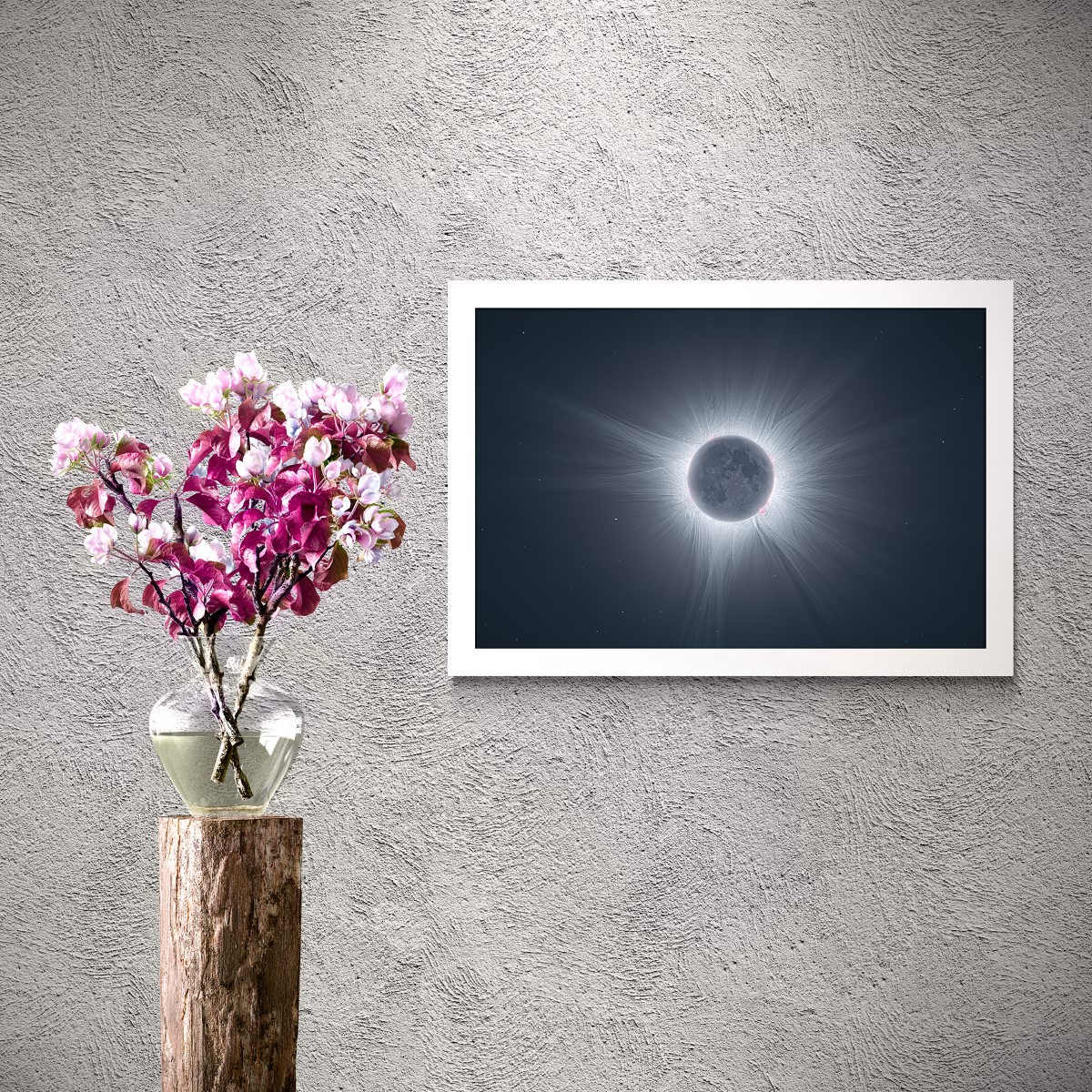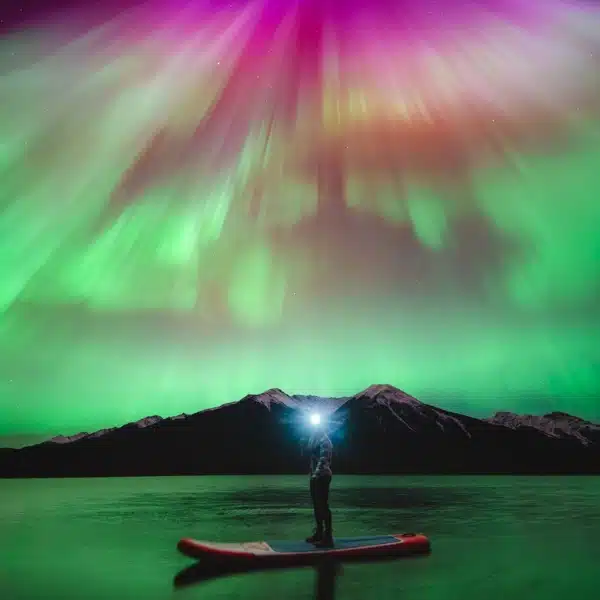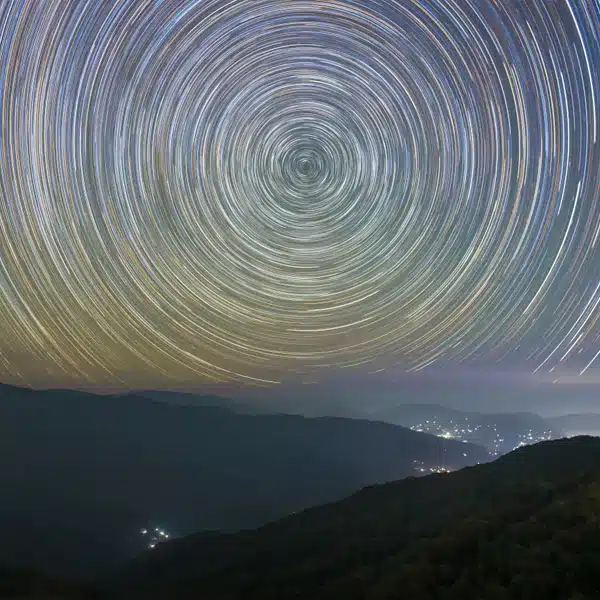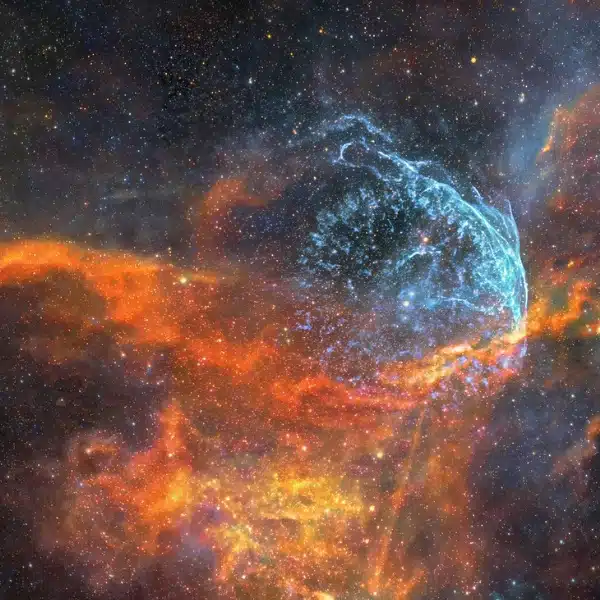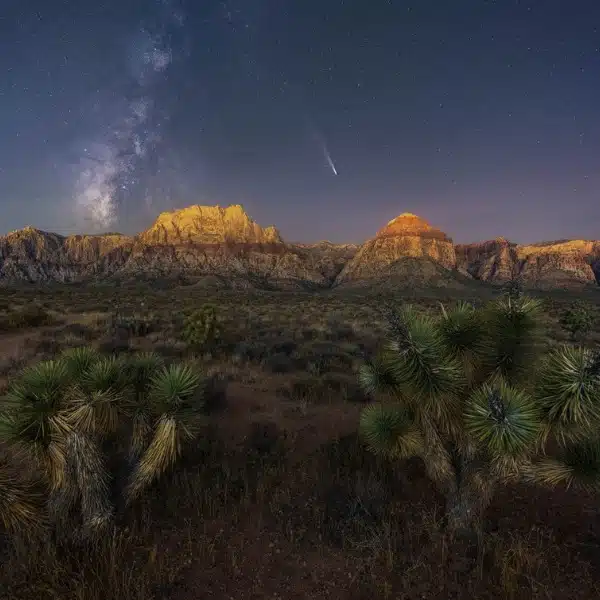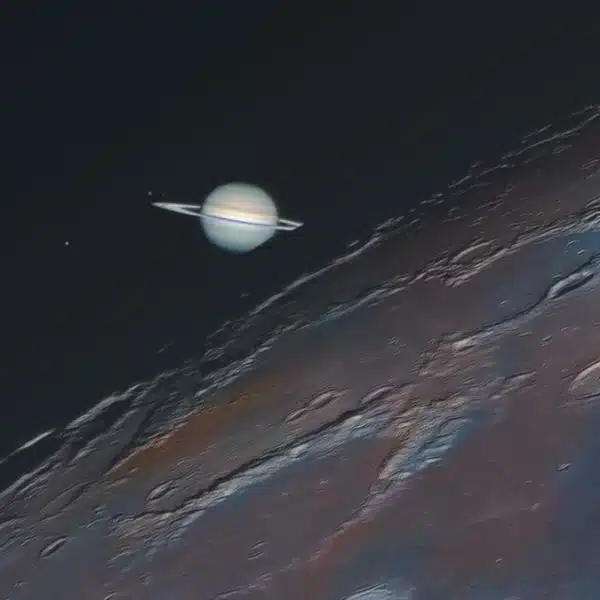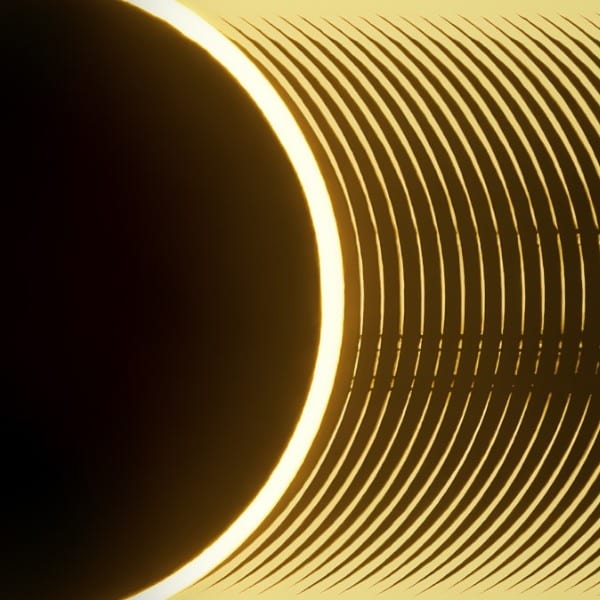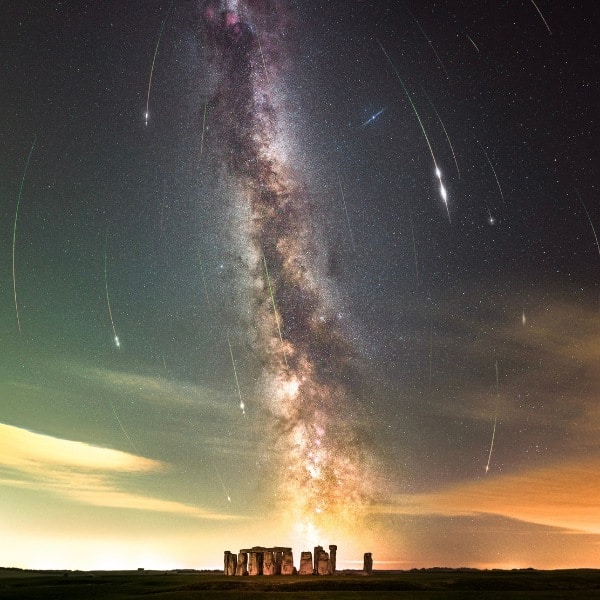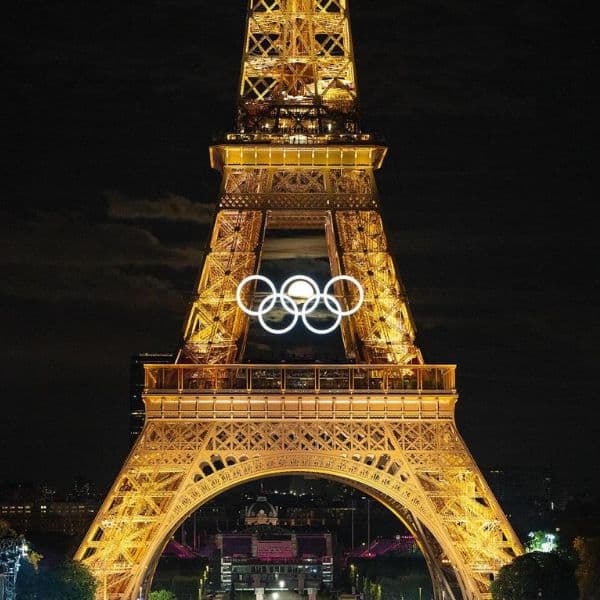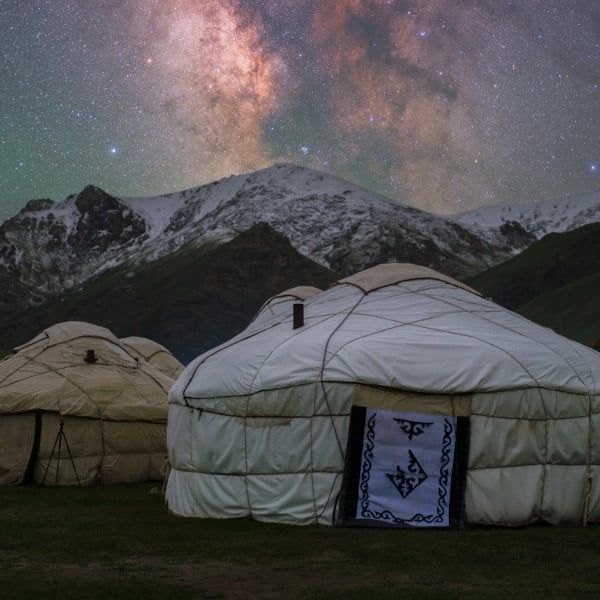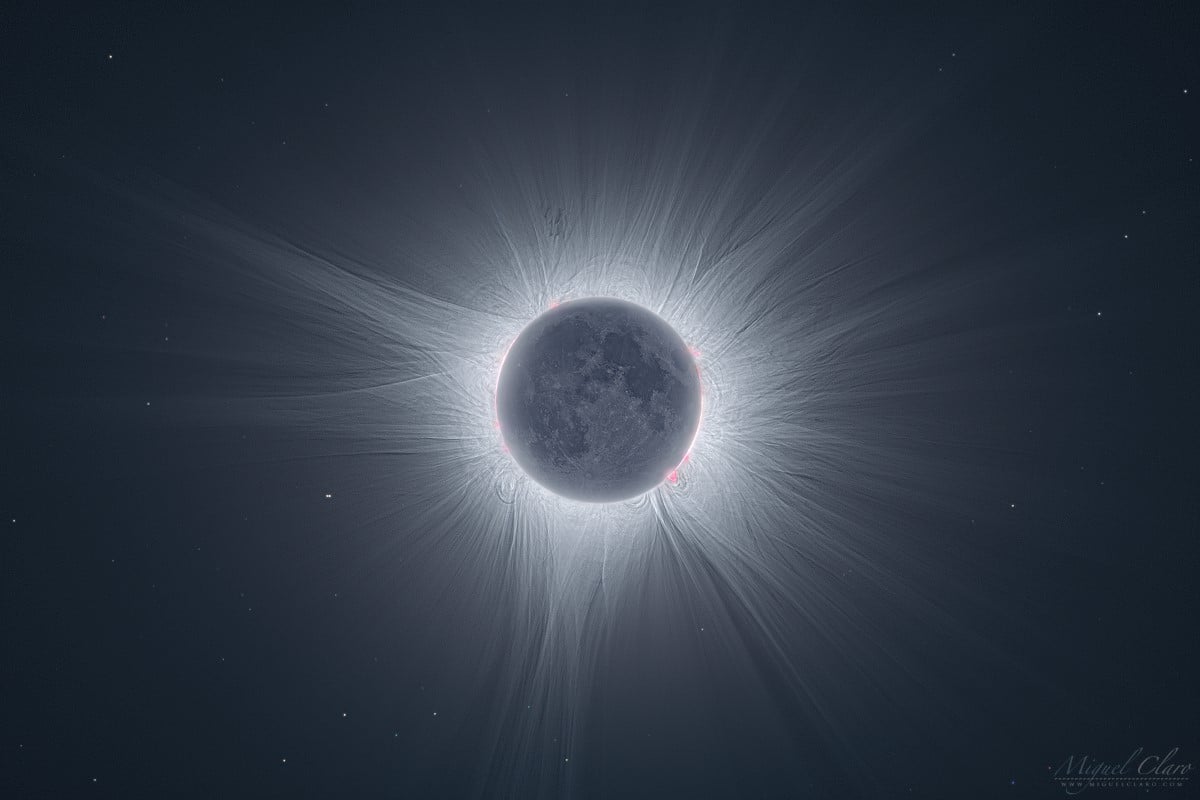
Portuguese astrophotographer Miguel Claro flew halfway across the world to experience—and photograph—the Great North American Eclipse. Photographing an eclipse is already challenging, but Claro upped the difficulty level by deciding to produce an HDR photo of the spectacular event. This not only required detailed planning and technical precision but a bit of luck as well.
Claro spent months researching the best techniques for taking an HDR eclipse photo. HDR, which stands for high dynamic range, is a type of photography that requires multiple frames to capture all the highlights and shadows present in a scene. When merged together in post-production, they produce a crisp, high-contrast photo.
In order to get these results with an eclipse, Claro invested heavily in proper equipment, bringing six cameras and over 100 pounds of gear with him. He also carefully studied HDR eclipse photography by other astrophotographers and read up on the methods and techniques they employed. Claro's partner took on the task of mapping out the path of totality and figuring out the best place to take the image. The duo ended up settling on Texas, but even that took a turn due to the weather.
“We had to travel to Pearsall, in Texas, as planned, but the forecast was indeed terrible almost in the entire U.S., or at least where the path was located,” Claro recalls. “So after many hours driving from Dallas to Houston and then to Pearsall, with the rest of the week monitoring with several different models the evolution of the weather forecast, we have decided—even with a certain risk—that we needed to move back north, again, to be closer to Oklahoma. So, on the day before the eclipse, we had to drive back to Dallas for five or six hours, and on the morning of the eclipse, we did an extra two-hour drive to reach a small city called Clarksville in the northeast of Texas.”
After setting up his six cameras at a farm that gave him authorization, Claro waited for the big moment. Thankfully, whatever clouds were in the sky parted. “Like a miracle, just five minutes before totality starts, the sky cleared up where the Sun was located, and during the maximum, it was completely crystal clear, at least, for around 1 min and 30 seconds, calm and windless until the end,” he shares.
Once the big event was over, Claro had a new challenge. Post-production for an image like this, where the Sun, Moon, and stars all move differently, is quite tricky. As Claro really wanted to emphasize the beautiful whispy loops of the inner corona, he worked meticulously to align these faint details.
The final image is a triumph. It has not only given Claro immense personal satisfaction but is also proof that artistry, without any artificial enhancements, is still possible with a little time and effort. “Watching a Total Solar Eclipse, it’s so magical that it’s comparable to a spiritual inner experience,” he confesses.
While he hopes that his image will inspire others to pursue their own creative passions or to view a future eclipse, he's also allowing anyone to have a piece of the eclipse in their home. Claro is selling limited-edition fine art prints of his HDR eclipse photo in multiple sizes.
Astrophotographer Miguel Claro flew from Portugal to Texas to photograph the total solar eclipse.
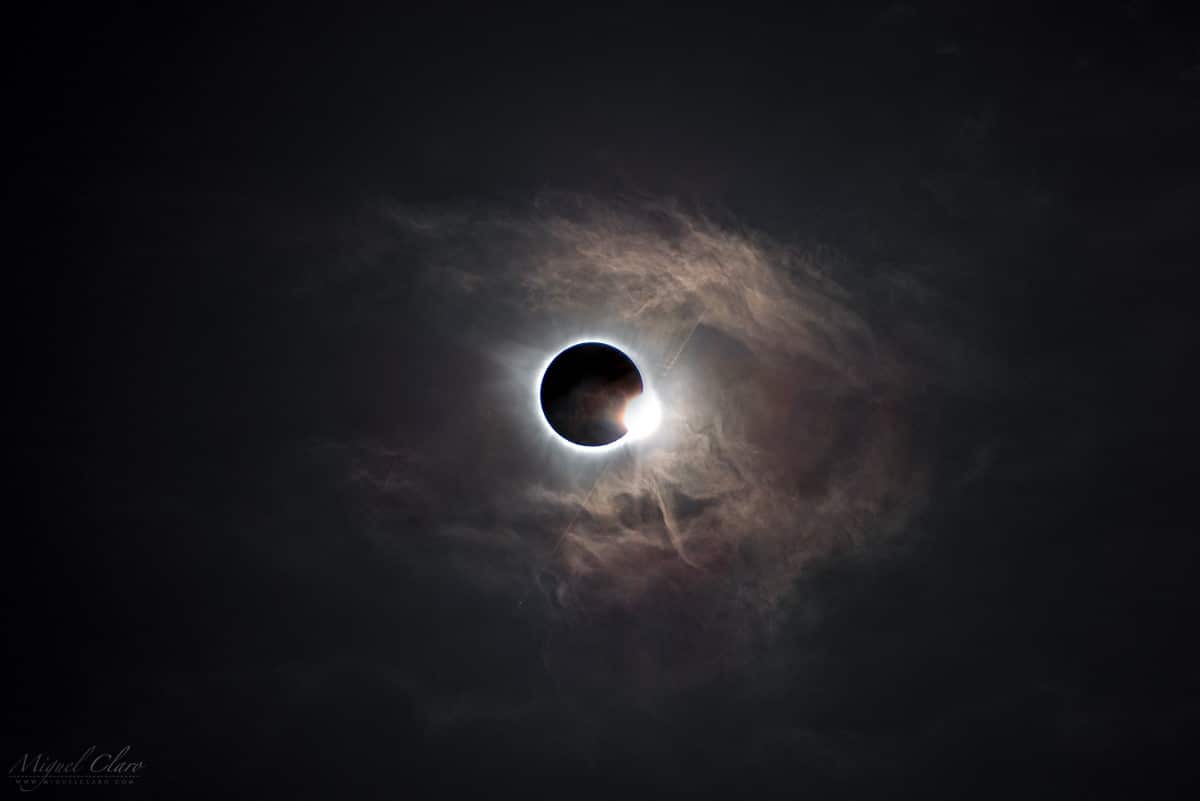
He challenged himself to produce an HDR image that pulled out the details of the Sun's corona.
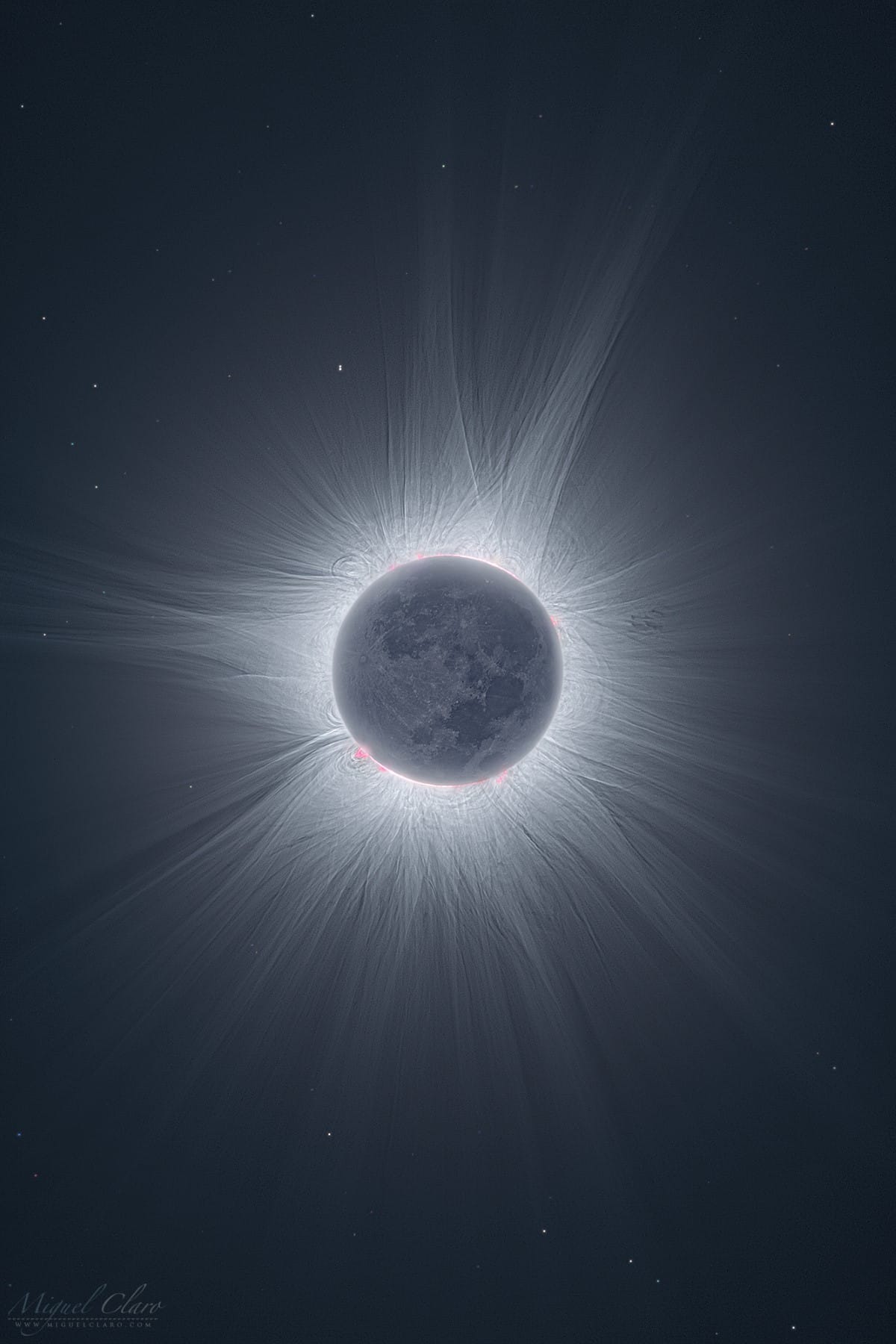
To bring his vision to life, he used a six-camera setup that weighed over 100 pounds.
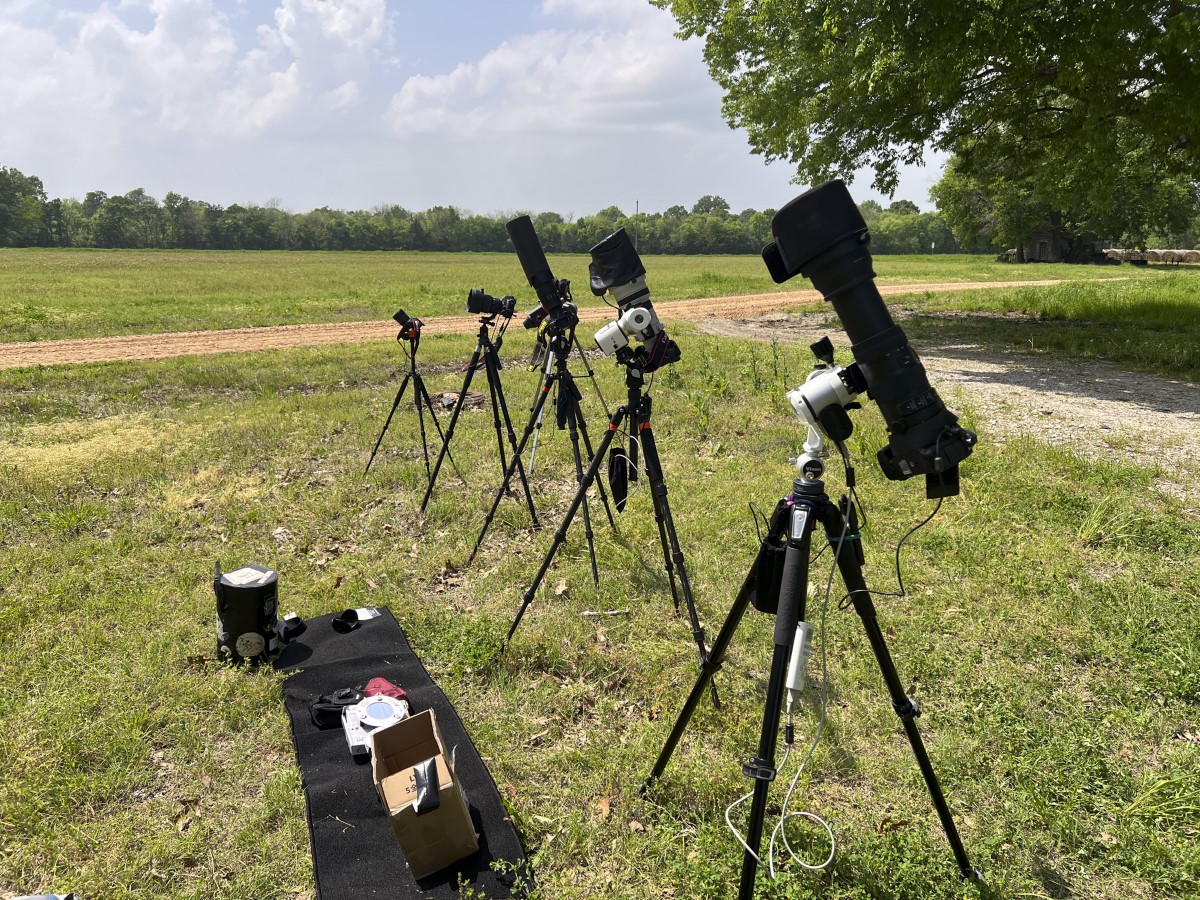
Though cloudy weather threatened to derail his plans, the skies parted just as totality began.
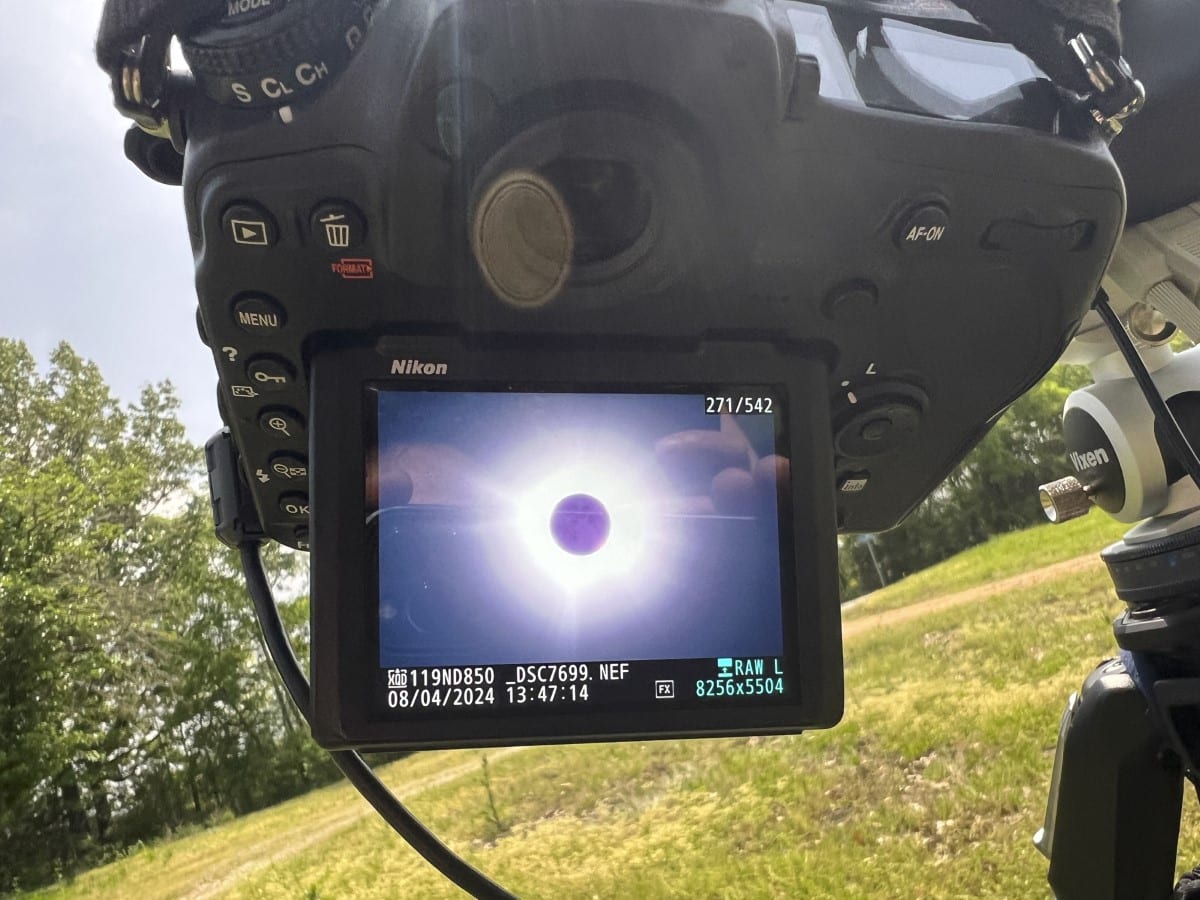
The final result is a stunning image that is also available as a fine art print in Claro's shop.
